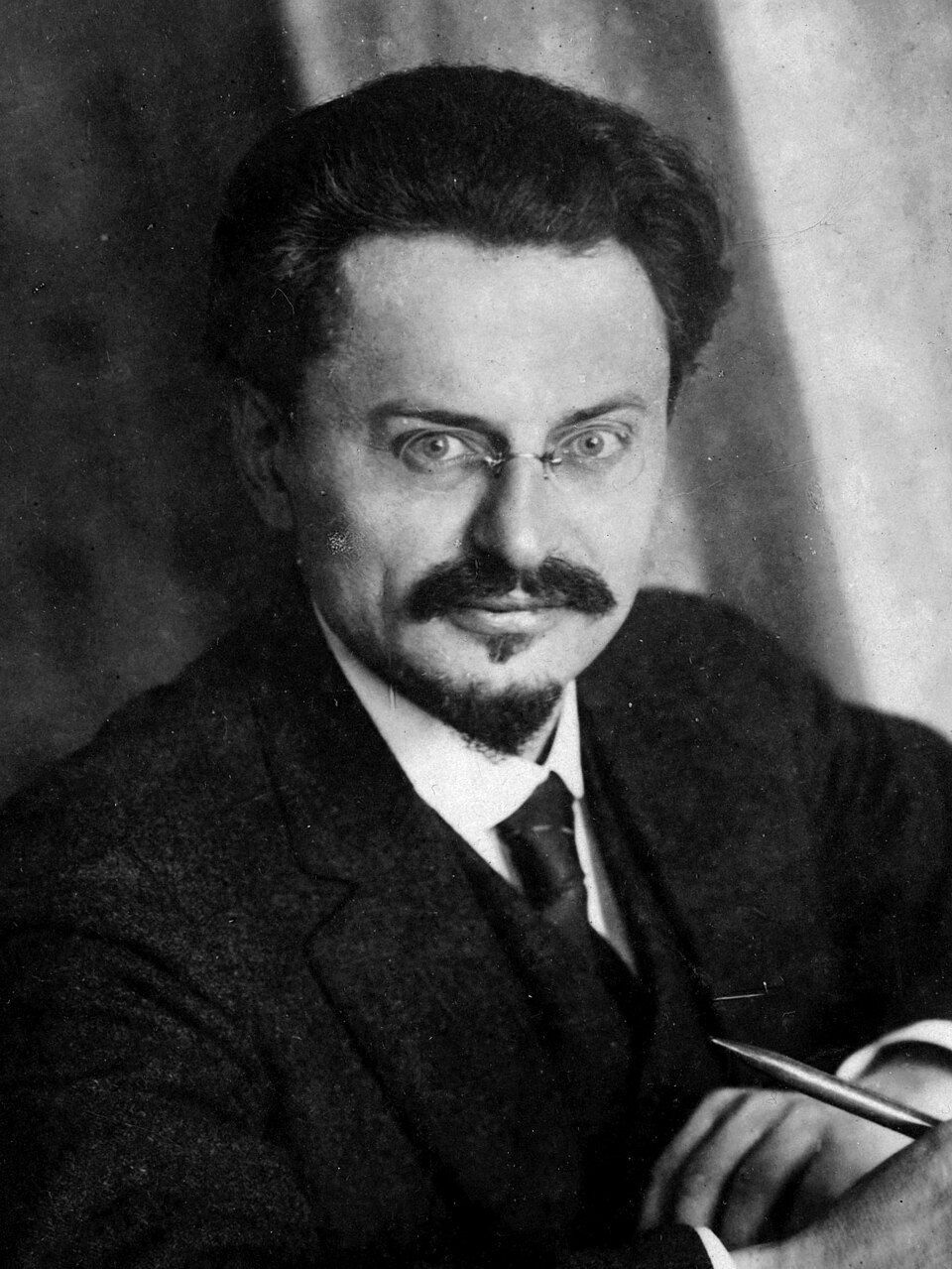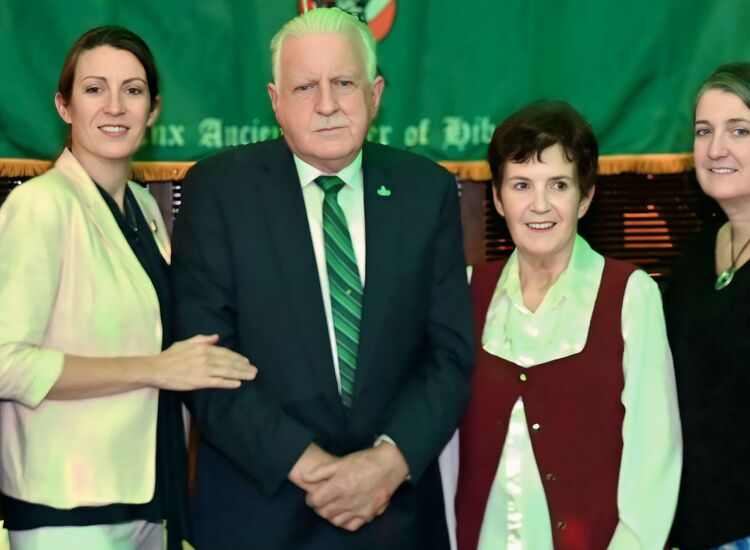This summer I spent some time doing research for a history of Woodside, Queens that was just published in Volume 38 of New York Irish History, the annual journal of the New York Irish History Roundtable. Parts of the article focused in particular on the section of Woodside that borders Jackson Heights, Elmhurst and Maspeth. This section was once its own separate locale called Winfield, a place name that lives on in the appellation of St. Mary’s of Winfield parish.
During my research I was amazed to discover that on April 30, 1928 the New York Times reported: “TROTSKY LANDMARK IN QUEENS TO PASS; Hall in Winfield, Where Legend Says He Planned Soviet Revolt, to Be Razed.” The landmark in question was at 71st Street between 41st and Woodside Avenues. The Times article contends that a man named Frank Cohn built a saloon and dancehall that was frequented by anarchists and communists, including Herr Most and Emma Goldman. The article goes on to claim that Trotsky initially visited the saloon to listen, but was soon making his own speeches. The unnamed author claims: “It was said that in an upper room in this building the overturn of the Russian Government was first planned. The whole thing then was but a dream. The legend of the place is that it was in this hall that Trotsky bid his followers good-bye when he was about to leave for Russia for the last time.”
I also learned that in July 1964, a Times reporter approached a modest house on 72nd street near 52 Avenue in Maspeth, just a mile away from Trotsky’s legendary landmark. There he found “a large‐boned woman with a stern mouth and blond hair turning gray . . . wearing pink and white striped shorts with a matching sleeveless blouse.” The reporter, Joseph Lelyveld, asked her questions about her past, and her answers lead to this headline: “Former Nazi Campguard is Now a Housewife in Queens.” The camps were Ravensbruck and Majdanek, and the guard was named Hermine Braunsteiner Ryan. Her husband, a construction worker named Russell Ryan confessed to being unaware of his wife’s past, but complained to Lelyveld, who had been tipped off by Simon Weisenthal of the Federation of Jewish Victims of the Nazi Regime: “Didn't they ever hear the expression, ‘Let the dead rest’?” No they did not. In September 1972 the Times reported that during a deportation hearing, an old man named Aaron Kauffman testified that he had witnessed Hermine Braunsteiner viciously and fatally whipping five women and a child at Majdanek. In August 1973, the Times reported that Frau Braunsteiner was the first person accused of Nazi war crimes to be deported from the U.S. in order to face trial in West Germany.
My parents bought a house on 70th Street in 1976. The address was Winfield/Woodside, but up the block was Maspeth. I was born two years later. I have a fuzzy childhood memory of hearing a warning, maybe while trick-or-treating one Halloween, about an old woman who lived two streets over who had sent children into the ovens during the Holocaust. In my young brain I associated the antagonist of this shadowy urban legend with the wicked witch in Hansel & Gretel, whose image had been engraved into my consciousness after being read countless times a child’s board-book version of the folktale illustrated with photos of creepy puppets enacting the story. Not wanting to be imprisoned, fattened up and baked alive, I was always vigilant on 72nd Street.
Did I ever hear of Leon Trotsky when I was growing up? Not directly, as Frank Cohn’s dancehall was more than 50 years gone and there were no communists in the family (though there were plenty of trade unionists). Yet I did read George Orwell’s “Animal Farm” while attending middle school at I.S. 73 in Maspeth; a teacher probably told me that Snowball, the visionary leader of the rebellious pigs who is later exiled by his treacherous rival Napoleon, was based on a real historical figure named Trotsky. But I had to go to graduate school at CCNY to learn that this real man was hunted down by Soviet agents and murdered with an ice axe in Mexico City in 1940. Yet for many scholars, Trotsky was not a martyr but as a mass murderer. To take just one example, Clive Owens’s 2007 Slate article highlights Trotsky’s massacre of Russian sailors at Kronstadt, and his support for Stalin’s collectivization of agriculture which led to the slaughter of millions of Russian and Ukrainian peasants
What does it matter that two figures who participated in the defining horrors of the 20th century might have trod the same Queens sidewalks and streets I once did? Perhaps it is simply another reminder of the long, inescapable reach of historical events. Neither the width of the Atlantic Ocean nor the length of decades can protect us from the ghastly touch of ideologies that led to the suffering and deaths of 10 of millions of human beings.
Turning from the past to the present, we can see each day on our cable news programs, in our newspapers, on our social media feeds how both local and national political developments are shadowed by the fear of these ideologies rising from their graves and bedeviling the American body politic. And sadly, we fear that both our leaders and our neighbors may be possessed by these demonic spirits.
No, the dead will not rest. The ghosts of Trotsky and Mrs Ryan, the specter of communism and fascism, continue to haunt both our public discourse and our private psyches.
Dr. Stephen Butler is Clinical Associate Professor, Expository Writing Program, New York University.








